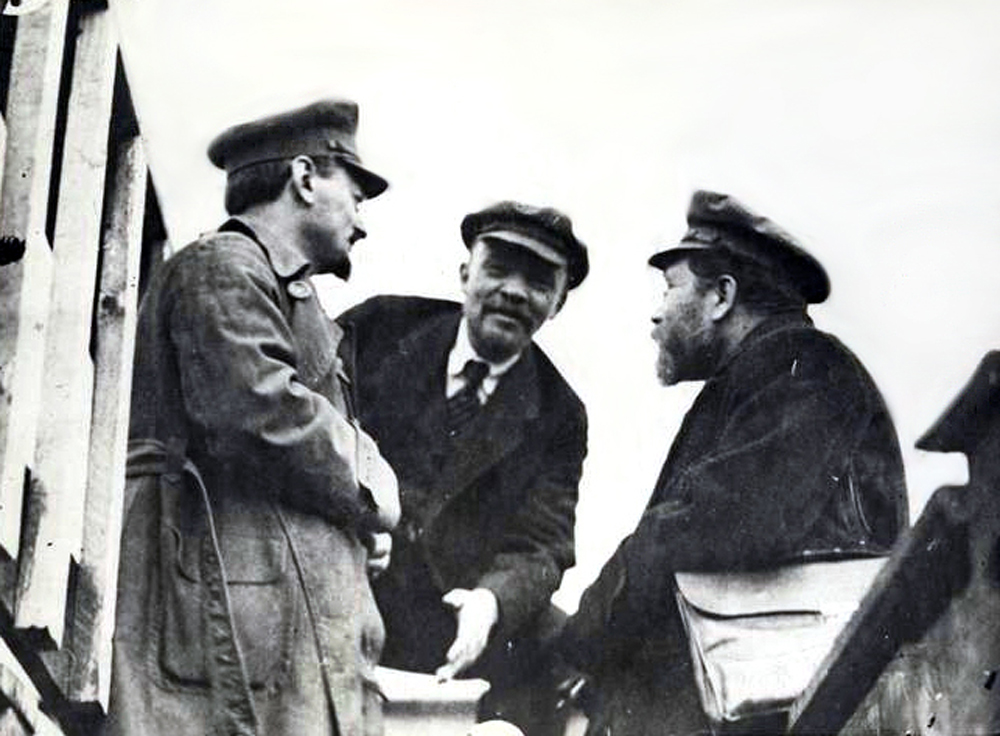Exhibition review: ‘Russian revolution – hope, tragedy, myths’
Rare opportunity to see Russian revolution lifted off the page
Mark Milligan, East London Socialist Party
This new exhibition at the British Library draws on an extensive collection to take visitors through the key events of the Russian revolution.
Following a straightforward chronology, it starts at the end of the nineteenth century, with the graphic images Nikolai Rubakin used to demonstrate the extreme inequality of Russian society under the Romanov dynasty.
Historic documents bring to life the struggles of the peasants and the newly urbanised working class to overthrow the yoke of feudalism.
The fast-changing situation is illustrated by reports of the 1905 mutiny on-board the battleship Potemkin, and records showing the Tsar’s failed attempt to introduce a sham democracy in his ‘October Manifesto‘ the same year.
Placards and proclamations hastily printed on hidden presses show the competing platforms of the political parties. And contemporary paintings and cartoons show the horrors of the 1914-17 imperialist war with Germany.
Red banners faded to white, and iconic Red Army uniforms and arms, lift the drama of the 1917 revolutions and ensuing civil war off the page.
The opportunity to see documents hand-written by Leon Trotsky and annotated by Vladimir Lenin – the co-leaders of the Bolshevik revolution – is rare, and the context is well-established by the exhibition’s layout.
I would suggest that more than two hours are needed to read all the commentary and exhibits written in English.
- ‘Russian revolution – hope, tragedy, myths’ is at the British Library until 29 August – tickets from bl.uk









